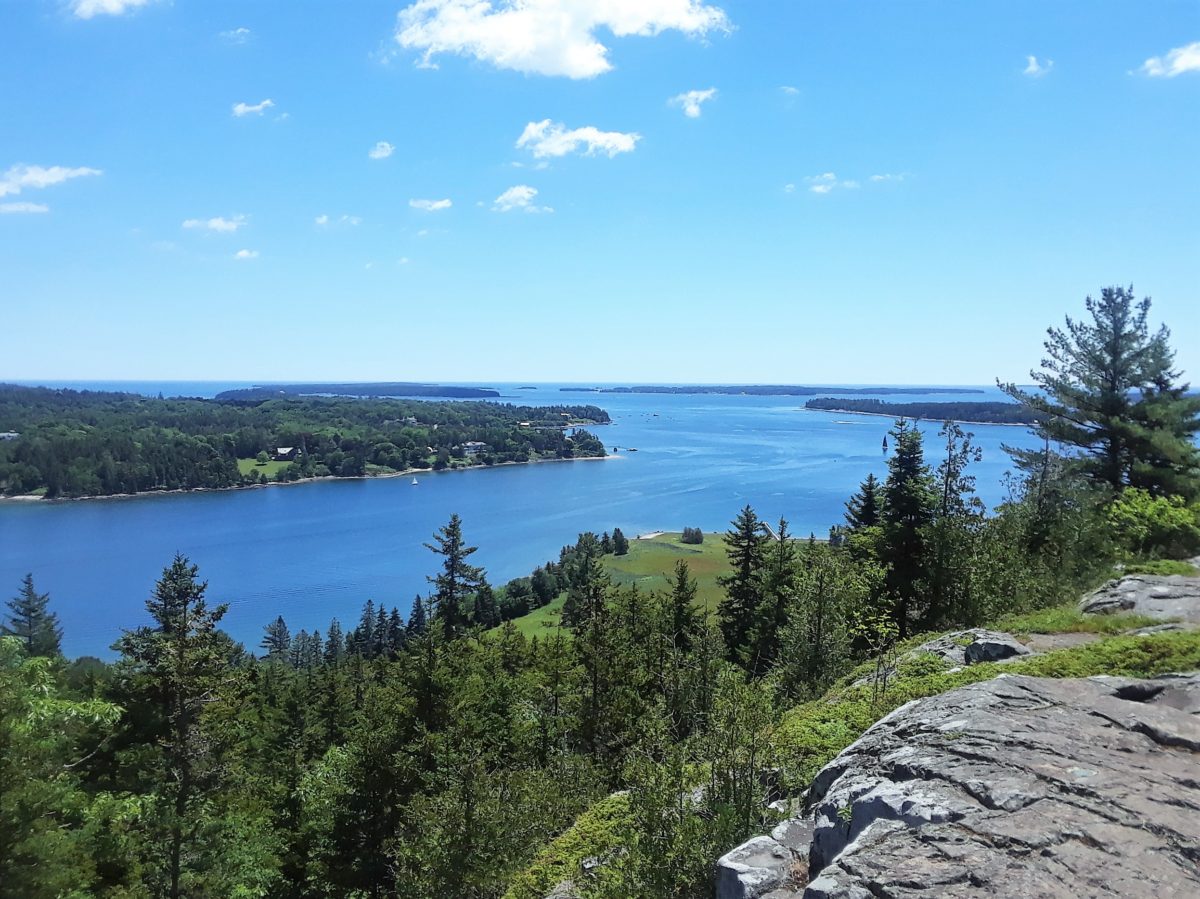I graduated high school and college in a small town in South Georgia called Valdosta. My mother and I had moved there after my father passed away. We joined my oldest sister, her husband and three sons who were living there making this part of Georgia our home. Moving from hilly Tennessee, the typography of South Georgia came as a shock as it is mostly flat, subtropical and filled with lakes, rivers, pine trees and swampland. It is a wonderful place to go hunting or fishing or just driving down a quiet dirt road to discover what’s around the next bend. However, to a teenager and soon to be college student more interested in social activities and girls, the nature that surrounded me was a little concern.

The same could not be said for my oldest sister who while she was a wife, mother and third grade school teacher for over 30 years, she’s always been an ardent environmentalist and genuinely concerned about man’s effect on nature and our climate. So on a recent visit back to Valdosta to spend time with her, I received a lesson from her as Big Sisters often do. Yet this time instead of telling me how I could improve my life, this was a lesson on the nature and ecology that surrounded my former home town that I never even knew was there. On a Sunday with really nothing to do but visit more, she suggested that we go for a hike in an area called Grand Bay Wildlife Preserve. I had no idea what she was referring to and so began the lesson just like the school teacher that she had been.

Just outside of Valdosta near Moody Airforce Base, she took me out to a 1350-acre nature preserve with a 3-mile hiking trail and a 2600-foot wooden walkway that was built out into the wetlands that leads to a repurposed fire tower where you have a 360 view of what is known as a Carolina Bay. Never having heard of what a Carolina bay was, she explained that bays are elliptical to circular depressions concentrated along the Atlantic seaboard that run from New York state down to north Florida. In Maryland, people call them Maryland basins.

She explained that Bays have different vegetative structures, based on the depression depth, size, and subsurface. Many are marshy; a few of the larger ones are lakes. Some bays are predominantly open water with large scattered pond cypress, while others are composed of thick, shrubby areas called pocosins with vegetation growing on floating peat mats. On our hike through and around the bay, she pointed out the rich biodiversity the bay contain, including many endangered species. From the top of the fire tower (flown in by helicopter and placed down in the bay) we saw heron, egrets and other waterflow. I was informed that deer, black bears, and other mammals plus uncountable numbers of insects made their home there besides the expected snakes and large alligators.

And as we walked and she told me about Grand Bay, other hikers would pass us and ask her questions since she seemed to know so much. One man asked her if she was an environmental scientist because of her knowledge while she pointed out to another the carnivorous plants that inhabit Carolina bays like pitcher plants.

So what started out as a hike to get out of the house on a slow Sunday afternoon became an interesting science lesson about Carolina bays and how they were formed. Especially about Grand Bay, a place I did not know even existed in my own home town. All thanks to my Big Sister!

Grand Bay is part of a 18,000-acre wetlands complex of Carolina bays and forested swamp second in size only to Okefenokee Swamp in Georgia. Open from daylight Saturday until sundown Sunday, year-round, for outdoor sports including fishing, canoeing, hiking, camping, and deer and small game hunting. Boaters and canoeists enjoy this area. From a launch site on Knights Academy Road, six miles north of Valdosta off Highway 221, they can run a loop through a fascinating array of habitats in the area. Boat motors are limited to 10 hp.

There is no entry fee charged. For additional information please call 229-333-0052.

Photos by James Carey, exploregeorgia.org, visitvaldosta.org
Some information courtesy of WikiPedia.com, and LowndesCounty.com


You must be logged in to post a comment.